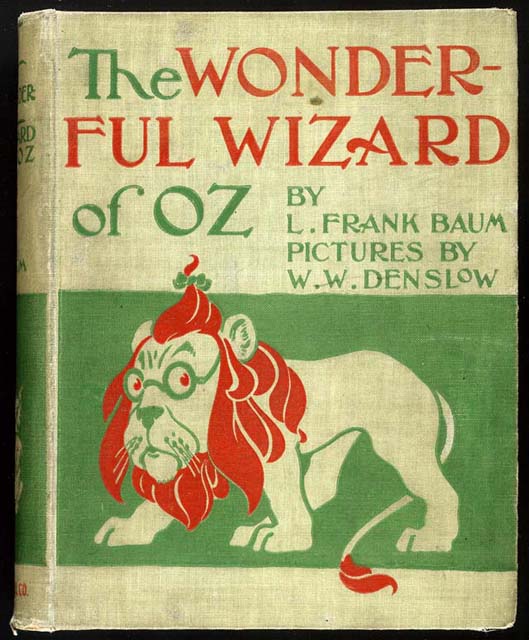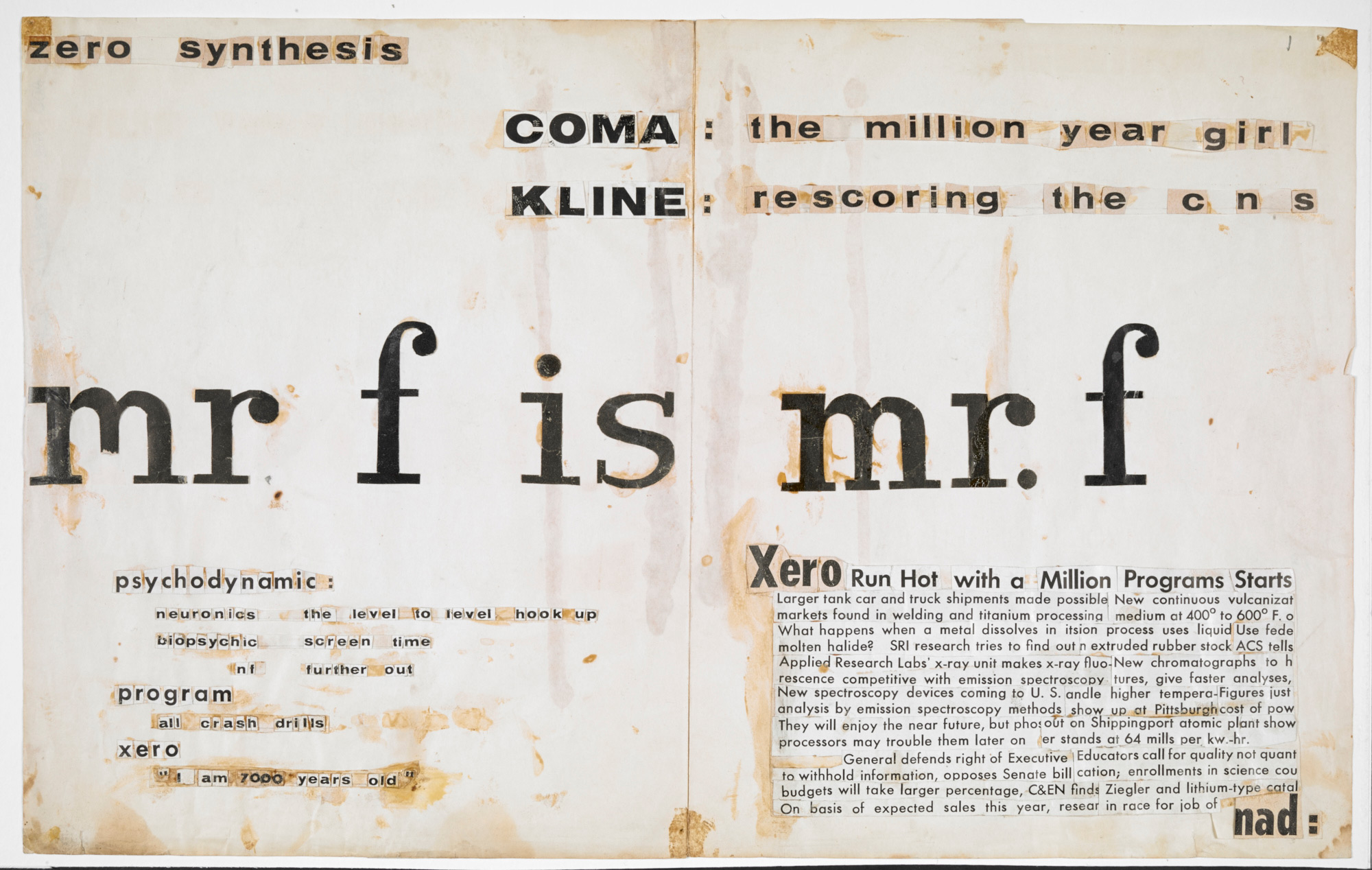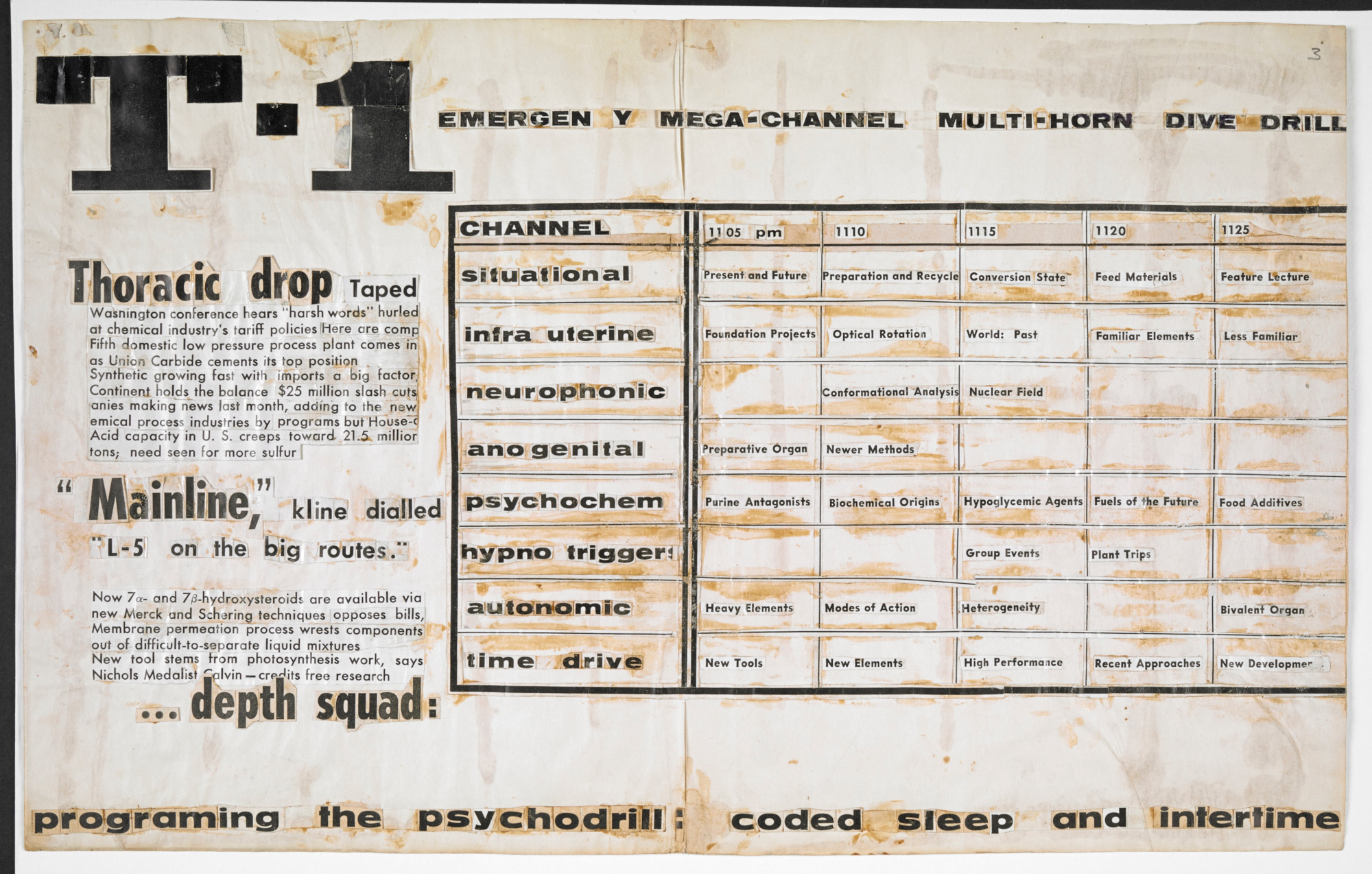John Malkovich’s filmography includes not Wild at Heart but Places in the Heart, not Inland Empire but Empire of the Sun, not Mulholland Drive but Mulholland Falls. This respected actor, in short, has never appeared in a David Lynch film, but he recently demonstrated that he could have starred in all of them — and can even portray the director himself. In Psychogenic Fugue, Malkovich slips into a variety of Lynchian personas, from heroes like Eraserhead’s iconically pillar-haired Henry Spencer and Twin Peaks’ squarely coffee-loving Special Agent Dale Cooper to villains like Blue Velvet’s Frank Booth and Lost Highway’s Mystery Man, to even the Ladies Log and in the Radiator.
Those names, I assure filmgoers not so up on their Lynch, will mean a great deal to fans, whether of the director or of the actor. Though both are American men of cinema, both of the same generation, Lynch and Malkovich would at first appear to have little in common: the former, who’s made ten features in the past forty years, has spent his career diving deeper and deeper into stranger and more personal (but ultimately, somehow, accessible) psychological waters, while the latter, prolific in his screen acting with almost 100 appearances to his credit, hops between hugely disparate personalities, time periods, and intellectual levels without seeming to break a sweat. But both of them do tend to attract the same descriptor: intense.
The versatile Malkovich also knows what it means to look inside himself, having starred in Spike Jonze’s Being John Malkovich, which famously includes a scene where every human being has turned into a version of John Malkovich. This minute-long trailer for Psychogenic Fugue may remind you of that unforgettable viewing experience, but if you want the full, twenty-minute version, it comes with only a ten-dollar donation (accompanied by more goodies at higher donation levels) to the David Lynch Foundation, which you can make at playinglynch.com. The fact that the money won’t go to fund another Lynch feature may disappoint some, but at least if he eventually decides to make a not just psychologically but literally autobiographical film, he’ll know exactly who to cast in the lead.
Related Content:
Hear John Malkovich Read From Breakfast of Champions, Then Hear Kurt Vonnegut Do the Same
David Lynch Directs a Mini-Season of Twin Peaks in the Form of Japanese Coffee Commercials
A Young David Lynch Talks About Eraserhead in One of His First Recorded Interviews (1979)
David Lynch’s Surreal Commercials
Based in Seoul, Colin Marshall writes and broadcasts on cities and culture. He’s at work on a book about Los Angeles, A Los Angeles Primer, the video series The City in Cinema, the crowdfunded journalism project Where Is the City of the Future?, and the Los Angeles Review of Books’ Korea Blog. Follow him on Twitter at @colinmarshall or on Facebook.





